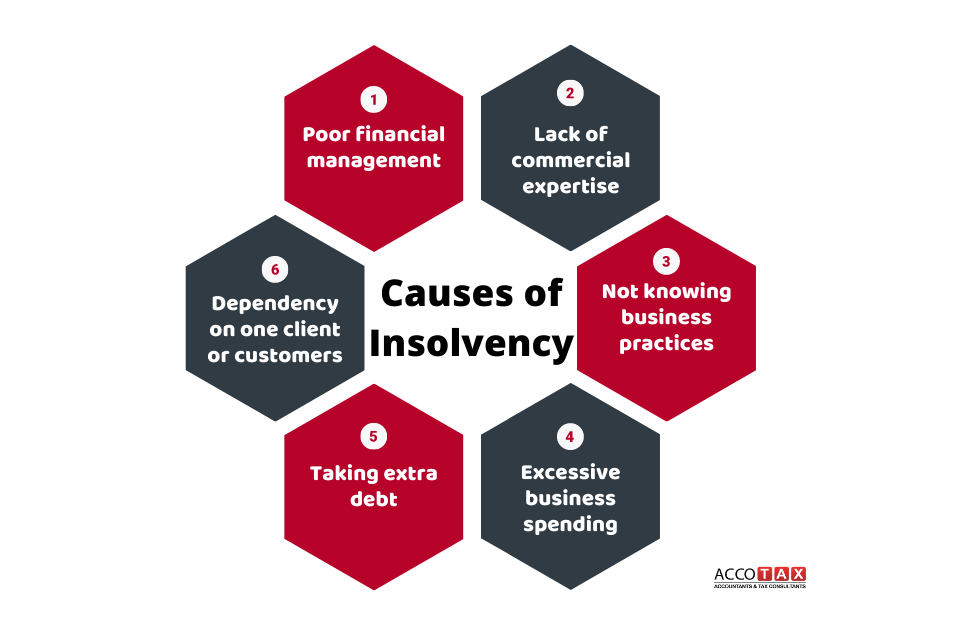Not known Details About Insolvency Practitioner
Not known Details About Insolvency Practitioner
Blog Article
Rumored Buzz on Insolvency Practitioner
Table of ContentsThe Ultimate Guide To Insolvency PractitionerWhat Does Insolvency Practitioner Do?Insolvency Practitioner for BeginnersThe Buzz on Insolvency PractitionerNot known Facts About Insolvency PractitionerGetting The Insolvency Practitioner To WorkThe Only Guide to Insolvency Practitioner
Insurance coverage is kept track of and managed by state insurance policy departments, and among their primary purposes is safeguarding insurance policy holders from the danger of a company in monetary distress. When a firm enters a duration of financial problem and is not able to fulfill its responsibilities, the insurance policy commissioner in the company's home state initiates a processdictated by the legislations of the statewhereby efforts are made to aid the business reclaim its financial footing.If it is identified that the company can not be fixed up, the firm is declared bankrupt, and the commissioner will ask the state court to purchase the liquidation of the company. The insurance commissioner, either designated by the guv or elected, heads the state insurance policy division and displays and manages insurance policy task within the state.
By obtaining control of a firm, the commissioner (or the insurance coverage department) is, by legislation, the rehabilitator or liquidator of the firm. In this capability, the commissioner or department takes control of the business's operations. Rather than do so straight, the commissioner may maintain a special replacement receiver to supervise the firm's tasks.
Some Known Factual Statements About Insolvency Practitioner
The receiver looks after an accountancy of the firm's possessions and liabilities and carries out the estate of the business. In doing so, the receiver looks for to make the most of the firm's properties, transfer them to cash money, and after that disperse that cash to creditors having legitimate claims versus the insurance company based on settlement priorities defined by state law (in all states, policyholders are concern claimants whose insurance claims are paid before those of basic creditors).
All insurance companies (with restricted exceptions) licensed to market life or health insurance or annuities in a state must be participants of that state's warranty organization. The guaranty association complies with the commissioner and the receiver in pre-liquidation planning. As soon as the liquidation is gotten, the warranty association provides insurance coverage to the firm's insurance holders that are state citizens (as much as the levels defined by state lawssee below; any type of benefit quantities over the guaranty asociation advantage degrees end up being cases versus the firm's remaining assets).
Get This Report on Insolvency Practitioner
The above insurance coverage levels apply independently for every insolvent insurance provider. [Back] When an insurer falls short and there is a shortfall of funds needed to visit this page fulfill the obligations to policyholders, state guaranty organizations are turned on. Guaranty associations have two major sources of financing when supplying protection to insurance policy holders. Initially, warranty organizations have subrogation legal rights to a proportionate share of the assets continuing to be in the fallen short insurer.
Second, insurance firms doing organization in that state are analyzed a share of the amount needed to meet the portion of the warranty organizations' protected cases not otherwise funded with estate properties. The quantity insurers are assessed is based on the quantity of premiums that they accumulate in that state. The National Organization of Life and Health Insurance Warranty Associations (NOLHGA) is made up of the life and wellness insurance warranty associations of all 50 states and the Area of Columbia.
NOLHGA establishes a job force of depictive guaranty organizations to work with the insurance policy commissioner to establish read here a strategy to secure insurance holders. For more details on NOLHGA's duty at the same time, see "What Is NOLHGA?" and "The Safeguard at Work." [Back]
Insolvency Practitioner Fundamentals Explained

Anticipating security by helping you pick the ideal customers and the right markets to stay clear of uncollectable loan to begin with, thanks to intense monetary analysis. Comprehensive market intelligence, giving you with 360-degree exposure on business markets and putting at risk problems. It would certainly be a simplification to think a profession credit history insurance starts and finishes with premiums and pay-outs.

5 Simple Techniques For Insolvency Practitioner
Why does a company enter right into insolvency? There are a number of factors why a company might enter right into insolvency.
Various other reasons for bankruptcy consist of fraudulence, mismanagement, and unanticipated prices. Insolvency can likewise lead to work losses and the closure of companies.
Insolvency Practitioner - An Overview
This can have major effects for the firm, its stakeholders, financial institutions and the economic climate. The business may be forced to market properties, gave up team or perhaps shut down. This can have a knock-on result on the neighborhood neighborhood and the economic situation overall. Lenders may be overlooked of pocket and the business's shareholders might see their financial investment go away.
This can happen for a number of reasons, consisting of bad financial monitoring, unanticipated expenses, or a change out there. If a business is insolvent, it might be compelled to shut down or liquidate assets to pay financial institutions. This can have a major influence on the business, staff members, and shareholders.
Why does a business get in into bankruptcy? There are a number of factors why a company might enter into bankruptcy.
Some Known Details About Insolvency Practitioner
Various other factors for bankruptcy consist of scams, mismanagement, and unanticipated prices. Bankruptcy can likewise lead to task losses and the closure of organizations.
The firm might be required to sell properties, lay off staff or also shut down. Creditors might be left out of pocket and the firm's shareholders might see their investment vanish.
Report this page